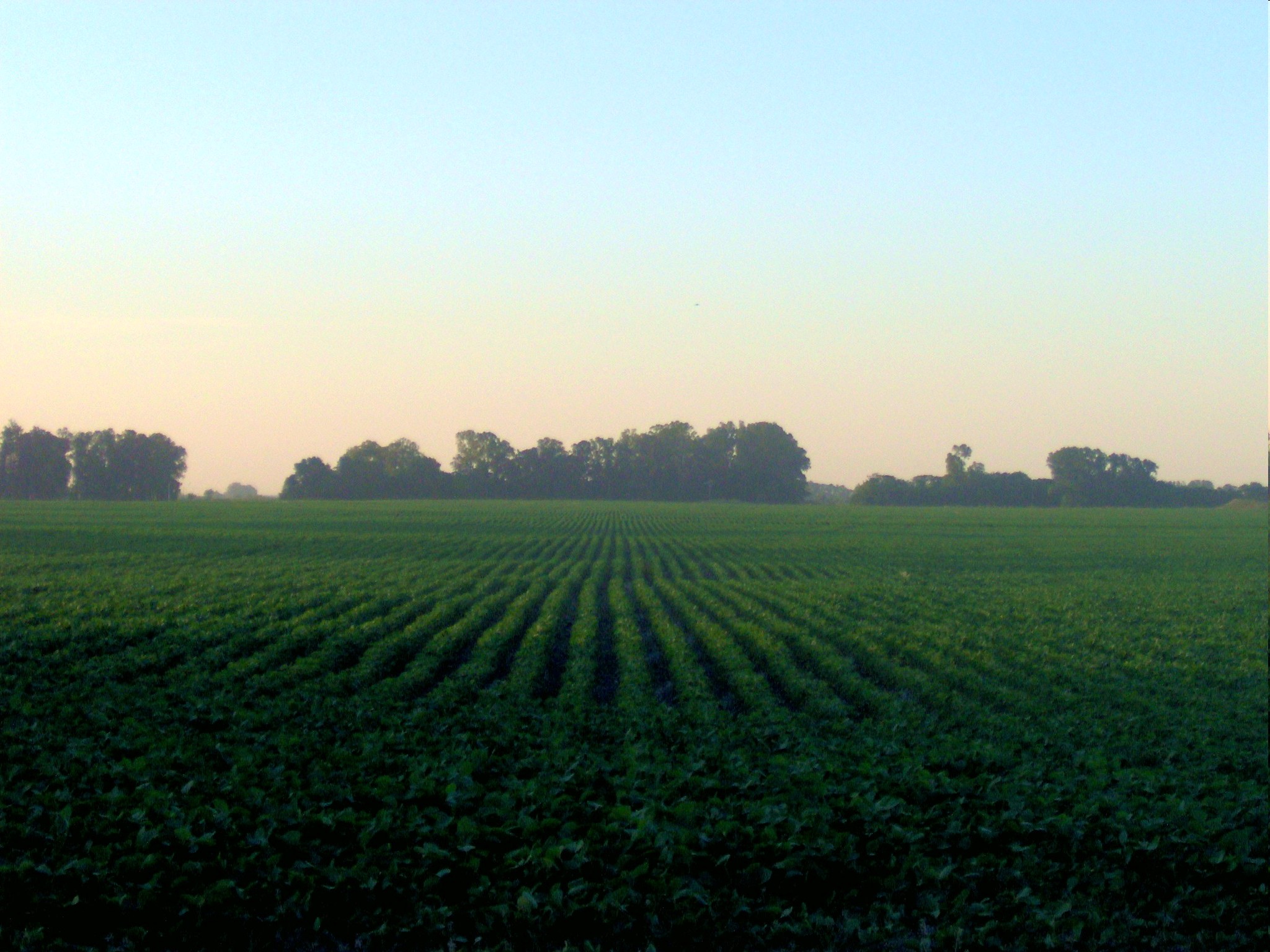
A Town Demands Protection from Pesticides
Almost a year ago, National Geographic told the story of Aixa, now eight years old, who lives in Avia Terai, a town in Argentina surrounded by soybeans and other crops treated with pesticides. Included was a photograph by Marco Vernaschi that showed tumors and blotches covering Aixa’s face and body.
The dramatic photograph brought attention to the problems of Avia Terai, giving its residents the courage to speak out about their concerns. Now conditions have improved in the town. Residents have sought advance notice of aerial pesticide spraying and are lodging complaints.
February 23, 2016 | Source: National Geographic | by Elizabeth Grossman
Almost a year ago, National Geographic told the story of Aixa, now eight years old, who lives in Avia Terai, a town in Argentina surrounded by soybeans and other crops treated with pesticides. Included was a photograph by Marco Vernaschi that showed tumors and blotches covering Aixa’s face and body.
The dramatic photograph brought attention to the problems of Avia Terai, giving its residents the courage to speak out about their concerns. Now conditions have improved in the town. Residents have sought advance notice of aerial pesticide spraying and are lodging complaints. Farm workers are demanding better on-the-job protections, says Alejandra Gomez, a lawyer and co-founder of Red Salud, a volunteer network of doctors, lawyers, and scientists. And authorities have taken some action, so pesticides are no longer sprayed in Aixa’s neighborhood or close to schools on weekdays.
But while some things have changed for the better for Aixa and others living in Avia Terai, pesticide use has not stopped altogether, so worries continue. The community also is without running water, which exacerbates the health concerns.
What Avia Terai has been dealing with is not an isolated problem for those living and working in Argentina’s agricultural regions, where pesticides are used extensively. Argentina grows more soybeans than any other country except the United States and Brazil. It also is the world’s third largest grower of genetically engineered crops, primarily soybeans engineered to resist the herbicide glyphosate. This engineering allows farms to spray the herbicide to kill weeds without damaging their crops.
Near Cordoba, about 500 miles from Avia Terai but similar agriculturally, studies have found above-average rates of congenital birth defects, hypothyroidism, neurological problems, immune system disorders including lupus and rheumatoid arthritis, fertility and pregnancy problems, and certain cancers.
Cause of Diseases Unknown
Pinpointing the precise cause of Aixa’s non-malignant tumors—a severe case of a skin condition known as congenital melanocytic nevi that is present at birth—is virtually impossible. The same is true for the higher rates of other diseases in the communities. Causes other than pesticides may be involved.
However, health experts say studies have shown connections between some of the chemicals used in the community and various diseases.
The herbicide atrazine has been linked to developmental and reproductive effects in animals; prenatal exposure to the neurotoxicant chlorpyrifos has been linked to cognitive and behavioral effects in children; and paraquat has been associated with Parkinson’s disease. Last year both glyphosate and 2,4-D were classified as carcinogens by the World Health Organization’s International Agency for Research on Cancer. Their manufacturers dispute the finding.
“There’s so much we don’t know. But is there plausibility that these exposures could lead to birth defects? It’s quite plausible,” says Leo Trasande, New York University School of Medicine associate professor of pediatrics and environmental medicine.
